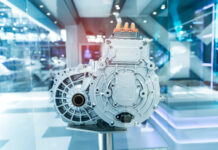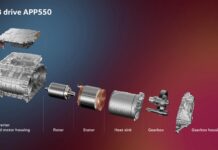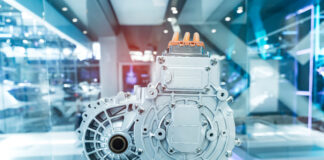The choice of semiconductors is a key factor for higher efficiency, comfort and convenience of electric vehicles. Witnessed by 3Ccar (Integrated Components for Complexity Control in affordable electrified cars), project by the Department of Information Engineering of University of Pisa in collaboration with the primary European players in the sectors of semiconductors and automotive, such as Infineon (project leader), NXP, Daimler and BMW.
The project is aimed at developing new technologies to increase electronic cars’ competitiveness on the market and to favour the growth of the electric mobility, in order to decrease polluting emissions decisively and to protect the environment, especially the urban one.
Well, recent news issued by 3Ccar: an after-sale diagnostic system in the automotive sector and technologies based on semiconductors promise a better integration of automotive systems, as well as monitoring and constant updates to avoid failures.
Exactly in line with the target of the university project, then increasing comfort and making electric cars more convenient, while paving the way to connected and automated cars.
«The project – explained Reiner John of Infineon Technologies – coordinator of 3Ccar – has studied three essential components of electric vehicles: the propulsion group, the battery and fuel cell systems and has fully redesigned them to include highly innovative semiconductors able to increase their energy efficiency, cost-effectiveness and reliability. Afterwards, it has connected these components through the functional, thermoelectric, electromechanical, electronic and nanoelectronic integration. Compared to standard battery packs, the 3Ccar system is cheaper along the whole lifecycle because embedded microcontrollers allow each cell to know its present status and to communicate with its colleagues and other car devices. If a problem occurs, the cell simply uncouples from the cluster and the car goes on running».
It is a crucial partitioning to achieve more sturdiness, user-friendliness, higher failure-proof redundancy, cost reduction and simplified maintenance, not depending on suppliers.









